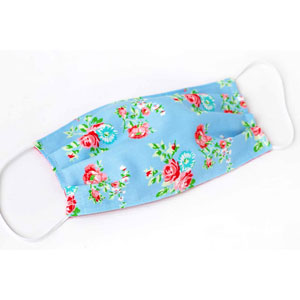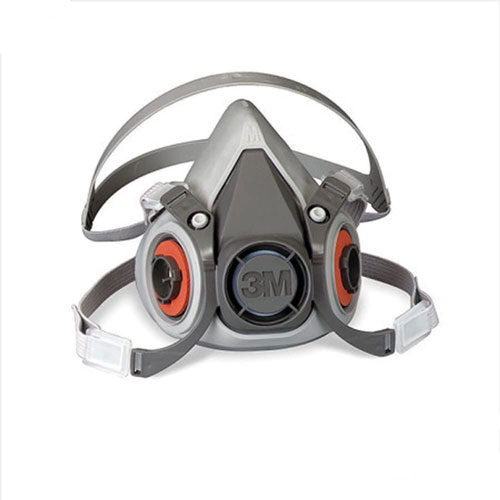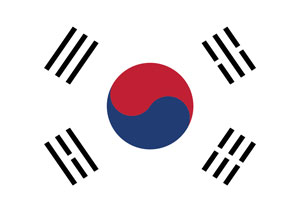The Right Mask for the Right Task
The Right Mask for the Right Task
By Dr. Soroush Ghaffarpour and Anahita Najafi
In the age of the COVID-19 crisis, hospitals around the world are experiencing a shortage of personal protective equipment (PPE). Face masks are in high demand and supplies are scarce. There are a number of different masks on the market with a complicated grading system. It can be difficult to distinguish the type of mask you may need, so we’ve broken it down to make it easier for you.
|
3-Ply Surgical masks (Figure 1) : These are the most commonly encountered masks, frequently worn by doctors, dentists, and other healthcare providers in a clinical setting. These masks contain a 3-ply barrier and do not provide a high level of protection for the wearer. Studies that compare different surgical masks by manufacturer find significant variability in their filtration potential. Depending on the manufacturer, a surgical mask can filter anywhere between 10-90% of particles. This can be attributed to lack of regulation over manufacturing, as well as the poor peripheral seal around the face. The porous design and gaps forming on the cheek and neck area allow airborne particles to leak through the mask. Surgical masks are most effective in protecting others from bodily fluids expelled by the wearer. For example, a sick person can wear this to protect others from droplets produced while coughing or sneezing. Important note: 3-ply face masks can also be produced for civilian use to stop the spread of sicknesses. These masks are not medical grade. When purchasing a mask for a medical facility check to see what the mask is rated. |
 |
| Cloth masks (Figure 2): With the shortage of surgical masks in the global supply chain, cloth masks have become a popular alternative. While they may create a better seal than surgical masks and can be worn for a longer period of time, they still do not block specific particles from passing through. There is little data on their efficacy. |  |
| Respirator: If a product is labelled as a “respirator”, it has been validated by a regulatory body. Respirators typically have an adequate seal and an air filter that regulates what particles can pass through, making them effective against airborne contaminants and aerosolized droplets. Amongst the respirators, there are disposable and reusable versions of the mask. The disposable respirators (Figure 3) are not meant to be used for more than a few hours. The reusable masks, also known as “half-face masks” (Figure 4) have cartridges to replace the air filter after several hours of consecutive use. Amongst the reusable masks, make sure not to get filters that are gas/vapor only if you are hoping to protect against pathogens like the coronavirus. Instead, you should look for filters that block particulate matter. |  Figure 3  Figure 4 |
| Face shields (Figure 5): Face shields are advantageous because they provide a single barrier against mucous membranes on the face (eyes, nose, mouth). They have been shown to reduce a person’s exposure to acutely expelled large droplets. However, smaller particles can stay in the air longer and make their way around the face shield. That’s why face shields should be worn in combination with other PPE, such as a mask. Another major advantage of face shields is that they substantially reduce surface contamination of respirators, prolonging their use. |  |
The National Institute for Occupational Health and Safety (NIOSH) is the governing agency that conducts research and development towards prevention of work-related injury and illness. NIOSH operates under the CDC and regulates respirator masks manufactured within the United States. Our system, like other countries, uses a combination of letters and numbers that specifies what particles the mask allows to pass through the filter. The three letters are as follows:
N = not oil resistant
R = somewhat oil resistant
P = strongly oil proof
R and P respirators are useful when trying to block out oil-based particles like those used in spray paint or pesticides, in addition to oil-free particles. Bacterial and viral pathogens are found in water-based aerosol droplets (e.g. sneezing or coughing). Thus, N respirators would be adequate for the COVID-19 situation but if you are looking for a mask that is more versatile, R or P respirators would be better suited. Next is the numbering system, which are as follows:
95 = effectively blocks out 95% of airborne particles
99 = effectively blocks out 99% of airborne particles
100 = effectively blocks out 99.97% of airborne particles
Once you understand that breakdown, it is easy to understand the masks that other countries manufacture. The table below outlines the major countries and their classification system for respirator masks:
|
Country |
Respirator Classification |
||
|
United States (NIOSH)
|
N95 (95% non-oily particles) |
N99 (99% non-oily particles) |
N100 (99.97% non-oily particles) |
|
R95 (95% particles & oil-resistant) |
R99 (99% particles & oil-resistant) |
R100 (99.97% particles & oil-resistant) |
|
|
P95 (95% particles & oil proof) |
P99 (99% particles & oil proof) |
P100 (99.97% particles & oil proof) |
|
|
European Norm (EN)
|
FFP1 (80% particles) |
FFP2 (94% particles) |
FFP3 (99.95% particles) |
|
China National Standard |
KN90 (90% particles) |
KN95 (95% particles) |
KN100 (99.97% particles) |
|
KP90 (90% particles & oil proof) |
KP95 (90% particles & oil proof) |
KP100 (90% particles & oil proof) |
|
|
Korean Standard |
FK80 (80% particles) |
FK94 (94% particles) |
FK99 (99% particles) |
|
Japan MOL Standard |
DS1 (95% particles) |
DS2 (99% particles) |
DS3 (99.9% particles) |
|
Australia Standard (AS) |
P1 (80% particles) |
P2 (94% particles) |
P3 (99% particles) |






